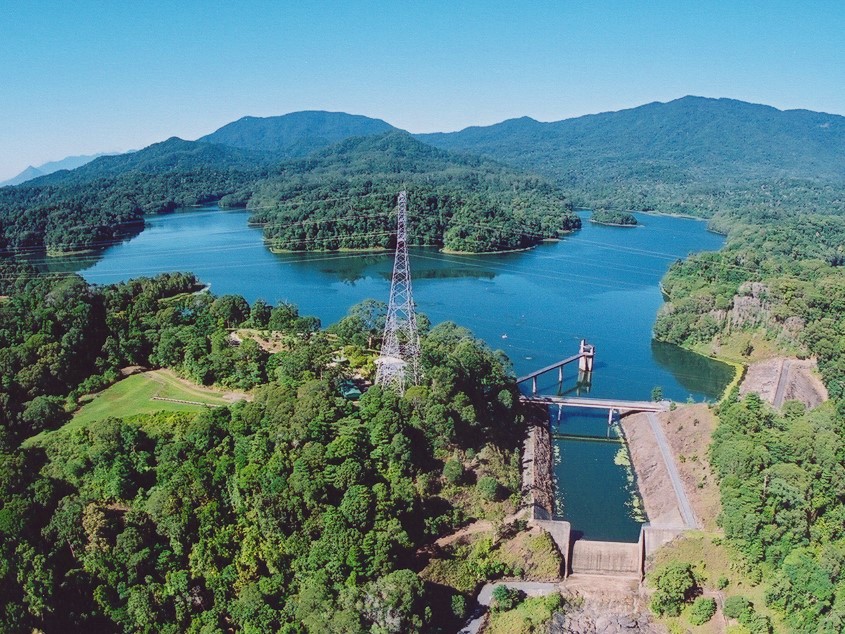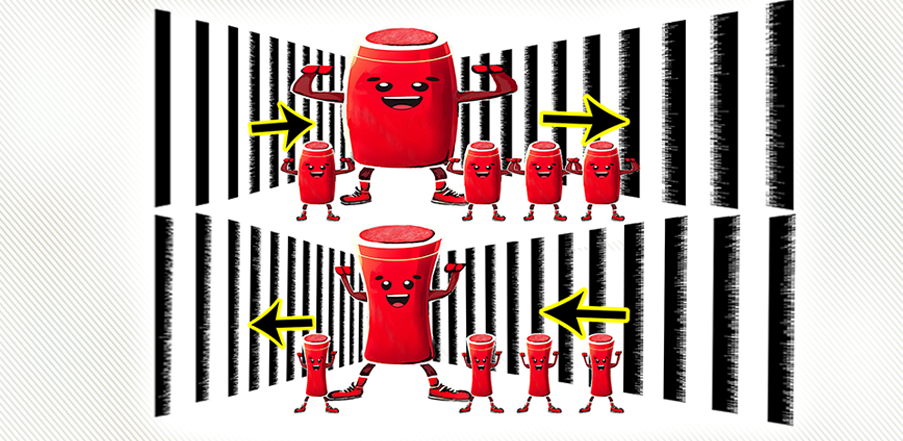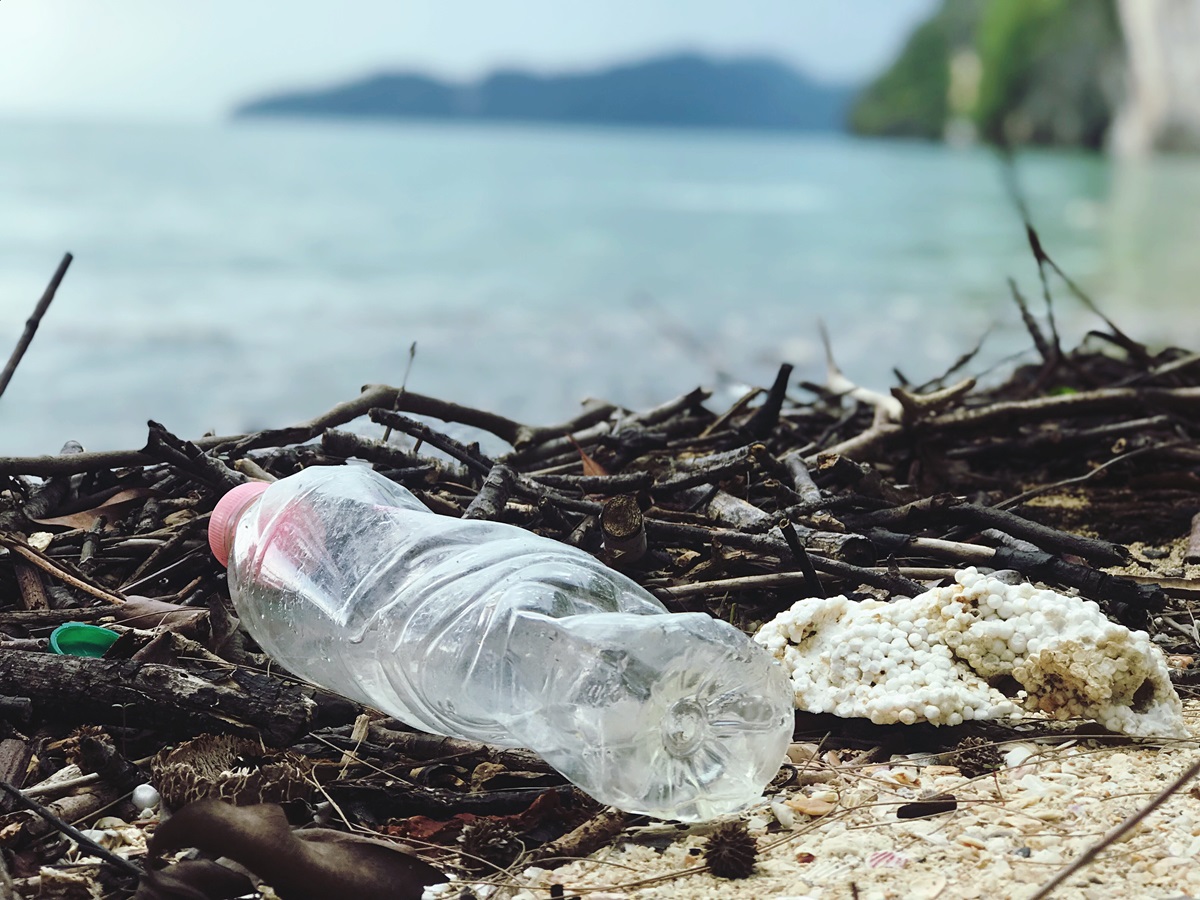Key points:
- Council has awarded the $325.5 million Design and Construct Contract for the critical Cairns Water Security Stage 1 Project – the largest infrastructure project ever undertaken by Cairns Regional Council.
- Without improvements to our water supply, Cairns faces the real risk of a drinking water shortage by 2026.
- Inflation, rising material and labour expenses have contributed to the increase in the total capital to build the new water supply to $472 million.
- The State and Federal Government have committed $107.5 million each to the project, saving Cairns ratepayers $222 a year for 15 years ($3330 total).
- Due to the unprecedented flooding impacts of ex-Tropical Cyclone Jasper, Council is calling on both levels of government to provide Cairns with significant disaster relief by increasing their CWSS1 project contribution to $236 million each, saving Cairns ratepayers a further $3985 ($7315 total over 15 years).
Council is calling on the Federal and State Governments to fully fund the construction of the Cairns Water Security Stage 1 (CWSS1) Project in the wake of the damage caused by ex-Tropical Cyclone Jasper.
 Today, the security of the Cairns region’s drinking water supply reached a major milestone with Council awarding the Design and Construction Tender for CWSS1 to John Holland Queensland.
Today, the security of the Cairns region’s drinking water supply reached a major milestone with Council awarding the Design and Construction Tender for CWSS1 to John Holland Queensland.
The $325.5 million contract follows a rigorous procurement process, where two companies were engaged to put forward proposals on the optimal method for delivering the new water supply.
The Design and Construct Contract is the major component of the project’s total capital cost of $472 million, which includes costs already incurred or budgeted by Council, such as land acquisition and development of related business cases, and allowance for project risk contingencies.
Cr James said the total capital cost is indicative of inflationary pressures caused by rising cost of living, skills shortages and scarcity of key materials; a situation impacting the delivery of infrastructure projects across the country.
“We are certainly not alone. The cost of projects at both State and Federal level have increased substantially,” Cr James said. “The Australian Government’s own infrastructure pipeline has risen by $33 billion.
“Cairns Water Security Stage 1 is a must for the Cairns community. Without it, we will face a potential drinking water shortage by 2026.
“Drinking water is an essential, not a discretionary ‘nice to have’. It’s intrinsic in every aspect of our lives. It’s critical for health, the amazing quality of life we enjoy, and the industries and commerce that drive our economy.
Cr James said the CWSS1 project is needed to service the growing population of Cairns, which has more than tripled since the region’s main water supply, Copperlode Falls Dam, was built in 1976.
“We are also facing unprecedented growth; our population is expected to grow by 62,000 by 2046. Without secure water we won’t be able to provide the homes, roads, hospitals, schools and other infrastructure that are needed for our community to grow and prosper.”
The Federal and State Governments have already committed $107.5 million each to the project.
Given the unprecedented flooding impacts of ex-Tropical Cyclone Jasper, Cr James called on the Federal and State Government to provide Cairns with significant disaster relief by increasing their CWSS1 project contribution to $236 million each.
“Due to recent events, our water and sewage infrastructure assets have sustained substantive damage, which is not claimable under disaster relief arrangements,” Cr James said.
“We are asking both levels of government to commit to fully funding CWSS1, which will provide Cairns with significant disaster relief and allow Council to focus its efforts on repairing and restoring those essential services impacted by this severe weather event.
“I thank the Queensland and Australian Governments for their existing commitment of $107.5 million each and our local State and Federal members of parliament who played a key role in securing this funding.
“However, without increased support, Cairns water users will have to bear the increase alone at a time when the cost of living crisis is already biting hard.
“When you add borrowing costs to the project total, the State and Federal Government commitments to date will save ratepayers $222 per year. This will increase to $488, which over the life of a 15-year-loan, totals $7315.”
Cr James said that the recent disaster events also highlighted the need for another water treatment plant to build resilience in the community.
“The intakes to the Freshwater Creek Water Treatment Plant were blocked by debris during the recent flooding, and at one stage some of our treated water reservoirs were at just 3% capacity.
“This demonstrates the need for another treatment plant on the southside of the city, to help ensure that drinking water supplies are not compromised by severe weather events.
CWSS1 will draw water from the Mulgrave River at Gordonvale, and the existing Behana Creek supply, to be processed at a new water treatment plant before being delivered into the existing water reticulation network for supply to households and businesses throughout the region.
Years in the planning, the project was highlighted in the Cairns Water Security Strategy in 2015 and confirmed as the best solution to Cairns’ immediate drinking water needs through a comprehensive independent business case process.
Mayor Terry James said awarding the contract paved the way for construction to commence in mid-2024.
“This is by far the largest infrastructure project ever undertaken by Cairns Regional Council,” Cr James said.
“John Holland Queensland has excellent credentials in delivering projects of this nature, including the $500 million Wentworth to Broken Hill pipeline project, and the $154 million Coffs Harbour Water Treatment Plant.
“Their proposal was evaluated as the best value for money, ensuring ratepayers and residents receive the optimal solution for this critical need.”
Cr James said over the past 17 years, Council and residents had done their part to decrease water usage, which has dropped by 35% per cent per capita since 2006.
“We’ve done everything we can to protect our precious water supply, it’s now up to all levels of Government to work together to secure our drinking water and our future,” Cr James said.








